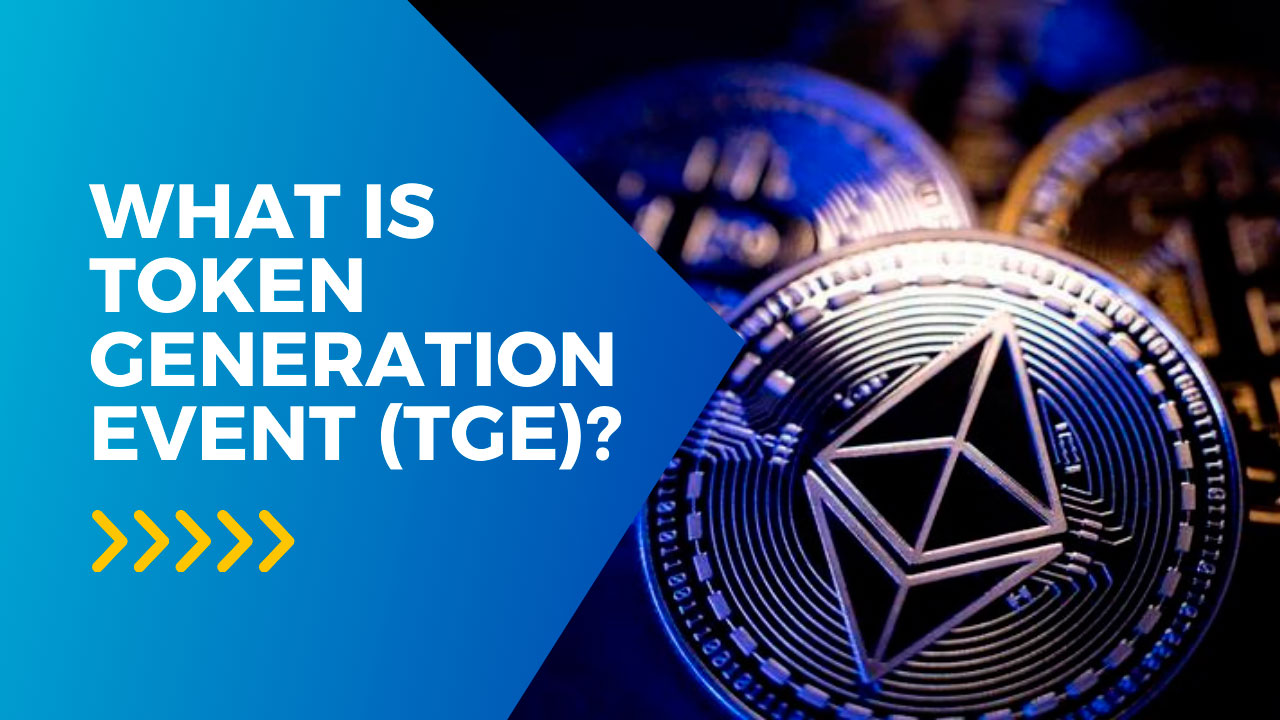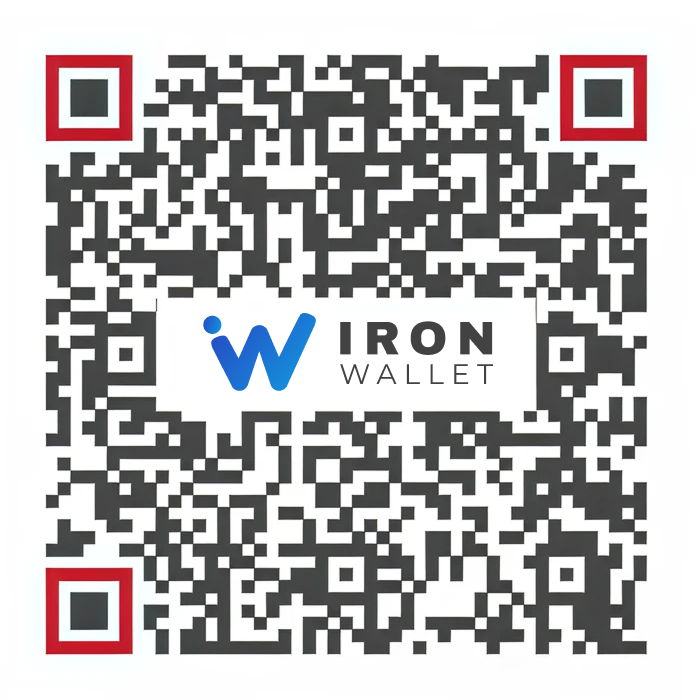What is a Token Generation Event (TGE)?
A Token Generation Event (TGE) is a way for blockchain projects to raise money through crowdfunding by launching tokens. It helps projects get support from early backers. TGEs are usually tied to utility tokens, which are digital assets connected to specific products, services, or decentralized apps (DApps).
There’s also another popular method for launching tokens: the Initial Coin Offering (ICO). So, what’s the difference between TGEs and ICOs, and why do companies often prefer TGEs? Let’s dive into that.

What is an Initial Coin Offering (ICO)?
An Initial Coin Offering (ICO) was one of the first ways to raise funds on the blockchain. ICOs became big in 2014, especially with Ethereum’s early funding. They exploded in popularity during the 2017 altcoin boom, with tons of tokens launching on the Ethereum blockchain.
At first, ICOs were used for launching native cryptocurrencies on their own blockchains. But with Ethereum, many projects used ICOs to launch ERC-20 tokens too. Over time, ICOs covered both coins and tokens, but they’ve lost some steam as people shifted to other fundraising methods, like Initial Exchange Offerings (IEOs).
How does a TGE work?
A Token Generation Event (TGE) involves these key steps:
- Token Creation: The project creates its tokens, usually on Ethereum or Binance Smart Chain, using smart contracts like ERC-20 for compatibility.
- Whitepaper: The team releases a whitepaper with the project’s vision, technical details, and use cases, which investors check out to see the potential.
- Pre-sale and Public Sale: TGEs often have a pre-sale for early investors to buy tokens at a discount, followed by a public sale at regular prices.
- Fund Allocation: The money raised goes towards development, marketing, and other project expenses as outlined in the whitepaper.
TGE vs ICO
TGEs and ICOs can seem similar because they’re both crowdfunding methods. However, TGEs usually launch utility tokens, which are linked to specific services or products. Utility tokens aren’t classified as securities, so they face fewer regulations. ICOs, on the other hand, often involve security tokens, which come with stricter regulatory requirements.
Why TGEs are beneficial
A TGE can be an excellent tool for raising money and building a community. Here’s why:
- Raising funds: A TGE lets projects gather funds from investors worldwide by setting token sale terms and offering incentives like discounts.
- Attracting users: Tokens tied to utility help bring users to the platform by providing rewards or special access to features.
- Building community: TGEs create a dedicated community. Tokens can encourage participation in voting, proposals, and feedback, boosting project value.
Potential risks of launching a TGE
TGEs come with their own set of challenges, such as:
- Regulatory uncertainty: Laws vary by country, so you need to consult legal experts before launching.
- Security risks: TGEs can be targets for hackers, so strong security measures are essential.
- Transparency: Keeping your community informed with clear updates builds trust.
- Market volatility: The crypto market is unpredictable, so doing your research and standing out is crucial.
The evolution of TGEs: What’s next?
As the crypto space grows, so do the ways projects raise money and launch tokens. TGEs are still one of the top methods for building a community and raising funds. But they’re evolving with market trends, regulations, and user needs. Here’s how:
- New TGE models: TGEs now go beyond ICOs, STOs, and IEOs, with new models like Initial DEX Offerings (IDOs) and Initial NFT Offerings (INOs). Each model has its pros and cons. For example, IDOs offer fast liquidity but come with higher risks, while INOs tap into the NFT market but need creative marketing.
- Better integration: TGEs are becoming more integrated with platforms like Ethereum and Binance Smart Chain, as well as decentralized exchanges (DEXs) like Uniswap. However, not all systems are compatible, which can complicate the process for creators.
- More regulation: As TGEs grow, they’re under more scrutiny from regulators like the SEC and FCA. Navigating regulations will be crucial for the future of TGEs, with opportunities to work with regulators for better support.
Conclusion
Token Generation Events (TGEs) are a great way for blockchain projects to raise funds by offering utility tokens. They provide global access and decentralized funding, but also come with risks like unclear regulations, market volatility, and security issues. It’s important for anyone involved to stay informed and cautious.
Where Is It Safe to Store Coins and Tokens?
When it comes to the safe storage of coins and tokens, selecting a secure and user-friendly wallet is paramount. One of the leading solutions in this field is IronWallet, an innovative mobile non-custodial cryptocurrency wallet designed to enhance security while maintaining ease of use. Non-custodial wallets, like IronWallet, give users full control over their private keys, ensuring that only the wallet owner can access their funds, unlike custodial solutions where a third party holds the keys.
IronWallet employs several key security features to safeguard users’ assets. One of its most notable features is the ability to store the seed phrase directly onto a physical card, transforming it into a cold wallet for true offline security. This reduces the risk of hacking or unauthorized access, as the seed phrase is stored in a secure, offline manner. Additionally, IronWallet ensures that private keys are only accessed at the moment of transaction signing, further protecting them with double-key encryption.
The app, available on both Android and iOS, also supports biometric authentication, adding another layer of protection for users. With support for over 20 interface languages and a seamless connection to decentralized exchanges, IronWallet caters to a global audience, enabling the secure exchange of cryptocurrencies directly within the app. Users can even make purchases or withdraw funds to a credit card without ever leaving the app.
IronWallet also excels in its transparency and usability, allowing users to manage multiple wallets, view transaction histories, and customize cryptocurrency lists. It supports both TRX20 tokens and popular stablecoins like PYUSD, USDT, and USDC, with the unique ability to pay transaction fees in the same currency, solving a common issue faced by users of other wallets.
For those looking to reduce transaction costs without sacrificing speed, IronWallet integrates the Arbitrum Layer 2 network, offering faster transaction times and lower fees. IronWallet is an excellent solution for anyone seeking both security and convenience in cryptocurrency management, with cutting-edge technology and a robust feature set designed for today’s crypto landscape.












